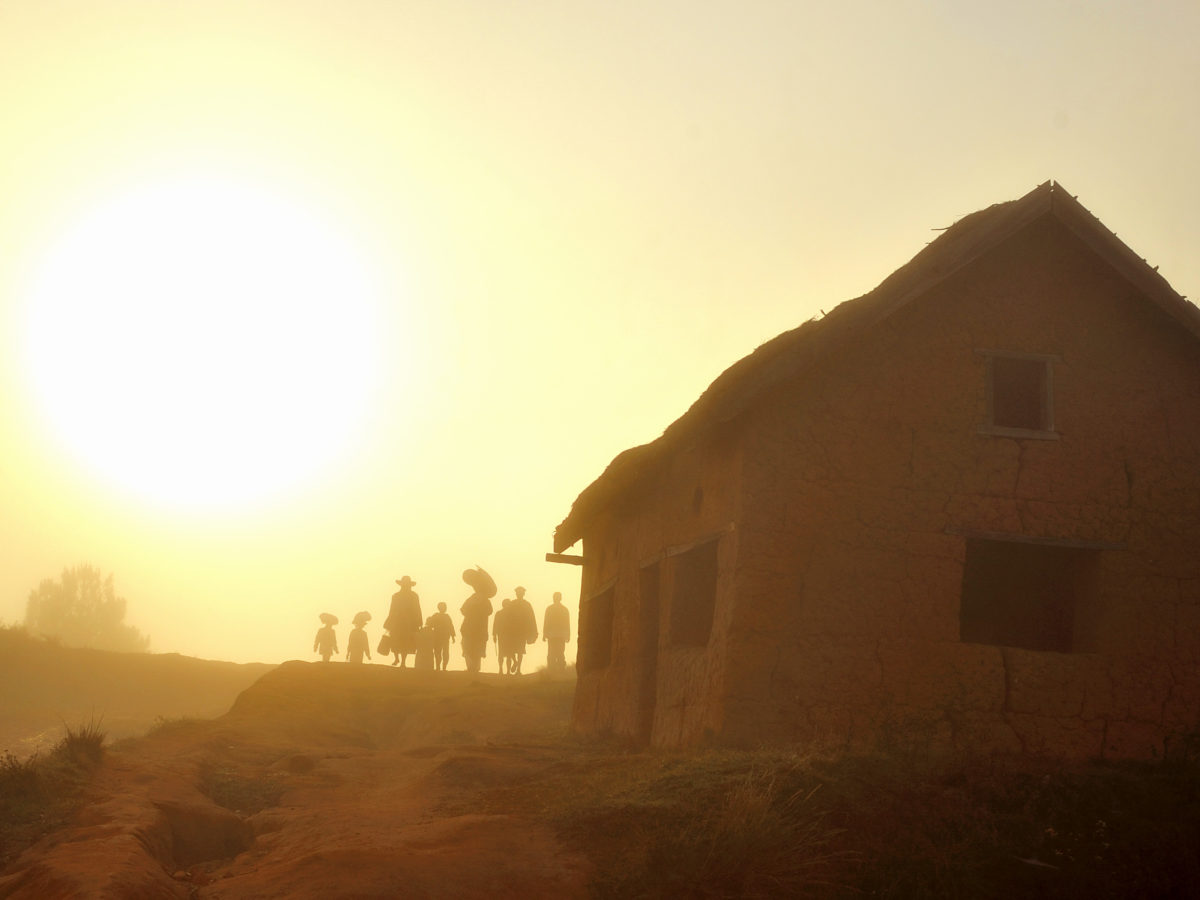Madagascar’s Ministry of Energy and Hydrocarbons has launched a new campaign to increase awareness about the advantages of off-grid solar solutions among the country’s rural communities. The initiative is part of the government’s rural electrification plan for the period 2015-2020.
The plan, which is being implemented with the support of national agency Agence de Développement de l’Electrification Rurale (ADER), aims at doubling the rate of Madagascar’s rural electrification by 2020. Currently, only 14% of the country’s population have access to electricity.
In its update on the program, the ministry said that already three regions; Androy, Anosy and Atsimo Andrefana, were assigned quotas of off-grid solar through the latest call for tenders for solar and wind stand-alone projects, in which the government allocated 14.5 MW of capacity.
The ministry added that more tenders for all off-grid renewable energy technologies will be launched in the coming months.
Meanwhile, the ministry has also been active in the development of grid-connected PV projects in recent months. In February, an Expression of Interest (EoI) for a 3 MW PV power plant in Nosy Be, in the region of Diana, was issued. The project is part of the government’s plan to deploy between 30 MW and 40 MW of PV capacity across the country by 2020.
In December 2016, the Ministry of Energy also issued an EoI for several hydropower projects and 30 MW of hybrid solar-biomass projects. Through the tender, the government hopes to build three hybrid solar-biomass projects which would have a capacity of 5 MW, 15 MW and 10 MW, respectively, and would be located in the regions of Menabe, Diana and Atsimo Andrefana.
Popular content
At the end of last year, the government also announced that French developer Green Yellow had begun work on a 20 MW PV facility in Ambohipihaonana, in the region of Ambatolampy. The €25 million project will sell power to local utility Jirama under a long-term PPA. The project is expected to be completed by November 2017.
The World Bank is supporting Madagascar’s solar plans under the Scaling Solar initiative. The IFC, a member of the World Bank, signed an agreement with the government of Madagascar to design and tender a partnership for privately developed, grid-connected solar power in March 2016. At the time, the IFC said that the 30-40 MW solar facility planned by Madagascar’s government would help ease daily interruptions of power service, and reduce generation costs for Jirama.
Most of Madagascar’s generation capacity is currently represented by thermal power stations (406 MW) and hydropower plants (162 MW). Wind and biomass have a minimal share with both a few hundreds of kWs installed.
Madagascar aims at granting access to electricity to up to 70% of households, and at covering 85% of its energy mix with renewables by 2030. Solar and wind are expected to reach both a 5% share, while hydropower will have the lion’s share with around 75%.
This content is protected by copyright and may not be reused. If you want to cooperate with us and would like to reuse some of our content, please contact: editors@pv-magazine.com.



2 comments
By submitting this form you agree to pv magazine using your data for the purposes of publishing your comment.
Your personal data will only be disclosed or otherwise transmitted to third parties for the purposes of spam filtering or if this is necessary for technical maintenance of the website. Any other transfer to third parties will not take place unless this is justified on the basis of applicable data protection regulations or if pv magazine is legally obliged to do so.
You may revoke this consent at any time with effect for the future, in which case your personal data will be deleted immediately. Otherwise, your data will be deleted if pv magazine has processed your request or the purpose of data storage is fulfilled.
Further information on data privacy can be found in our Data Protection Policy.